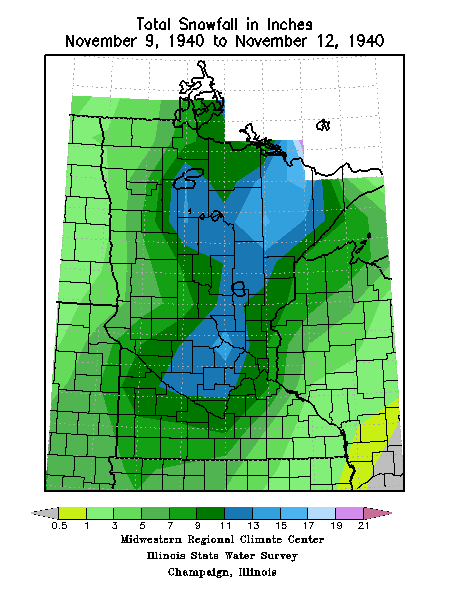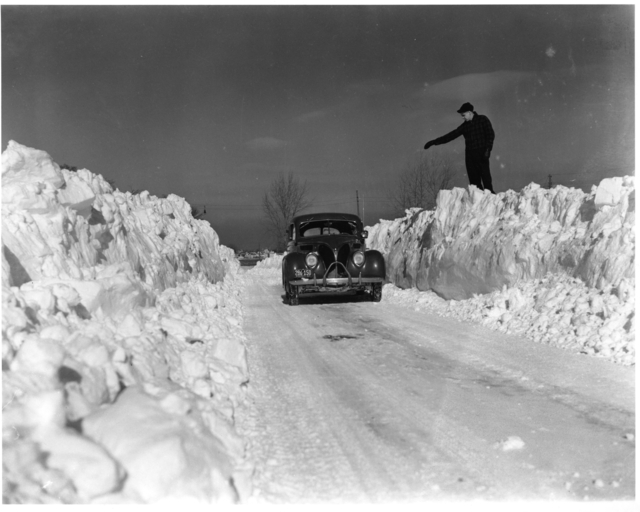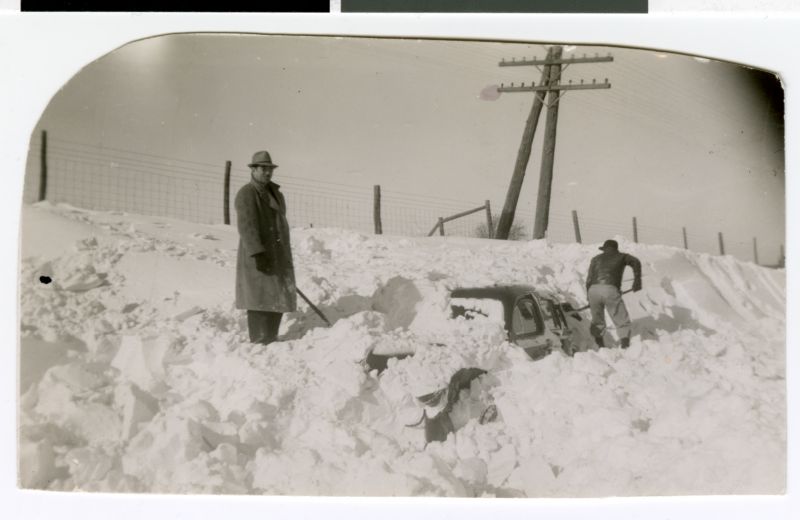85th Anniversary of The Armistice Day Blizzard of 1940
On Monday, November 11, 1940, a sudden and violent blizzard swept across the Upper Midwest, claiming 154 lives (49 in Minnesota) and etching itself into the state’s weather history. Known as the Armistice Day Blizzard, it remains one of the deadliest winter storms on record—and a lasting memory for those in Rice County who lived through it.

It began innocently enough. November 10 brought unseasonably mild temperatures. But by dawn on the 11th–Armistice Day (renamed Veterans Day in 1954), conditions had turned perilous. Rain gave way to sleet, then heavy snow, driven by winds gusting up to 65 mph. Whiteouts dropped visibility to near zero. Temperatures plummeted. Ice and strong winds snapped rural telephone lines, severing communication.
Minnesotans were caught off guard. Many, including unsuspecting duck hunters, had dressed lightly for the day’s warm temperatures and were ill-prepared when the squall struck. Roads became treacherous; vehicles stalled or were buried in drifts. Some tried to walk to safety, while scores of people didn’t make it. The agricultural toll was staggering: thousands of turkeys, sheep, and cattle froze to death.
In 1994, Jean Pederson of Kenyon recalled that as a young girl growing up in Cannon City, the family “stood at the dining room window and watched the telephone poles break one after another, like dominoes.” Her neighbor, who was driving home from Faribault, died after abandoning his vehicle. “He tried to walk, but he didn’t make it,” Pederson remembered. “It was terrible. The snow drifts were higher than cars.”



Stories like these are preserved in William H. Hull’s 1985 book, All Hell Broke Loose: Experiences of Young People During the Armistice Day 1940 Blizzard. One local account comes from Alvin Houston, a retired rural mail carrier in Northfield. He described how a school bus was stranded several miles from town. In the blinding snow, 40 students and the driver formed a human chain to reach a nearby farmhouse. They remained there for three days until the storm abated and the roads were cleared.
The farmer told Houston, “We put the girls on the second floor, where they slept on the floor, and the boys slept on the first floor. We had plenty of potatoes in the cellar and a herd of cows in the barn. The boys helped with the chores, and the girls helped my wife with the cooking. The kids had a ball!”
—Jeff Sauve, Northfield





